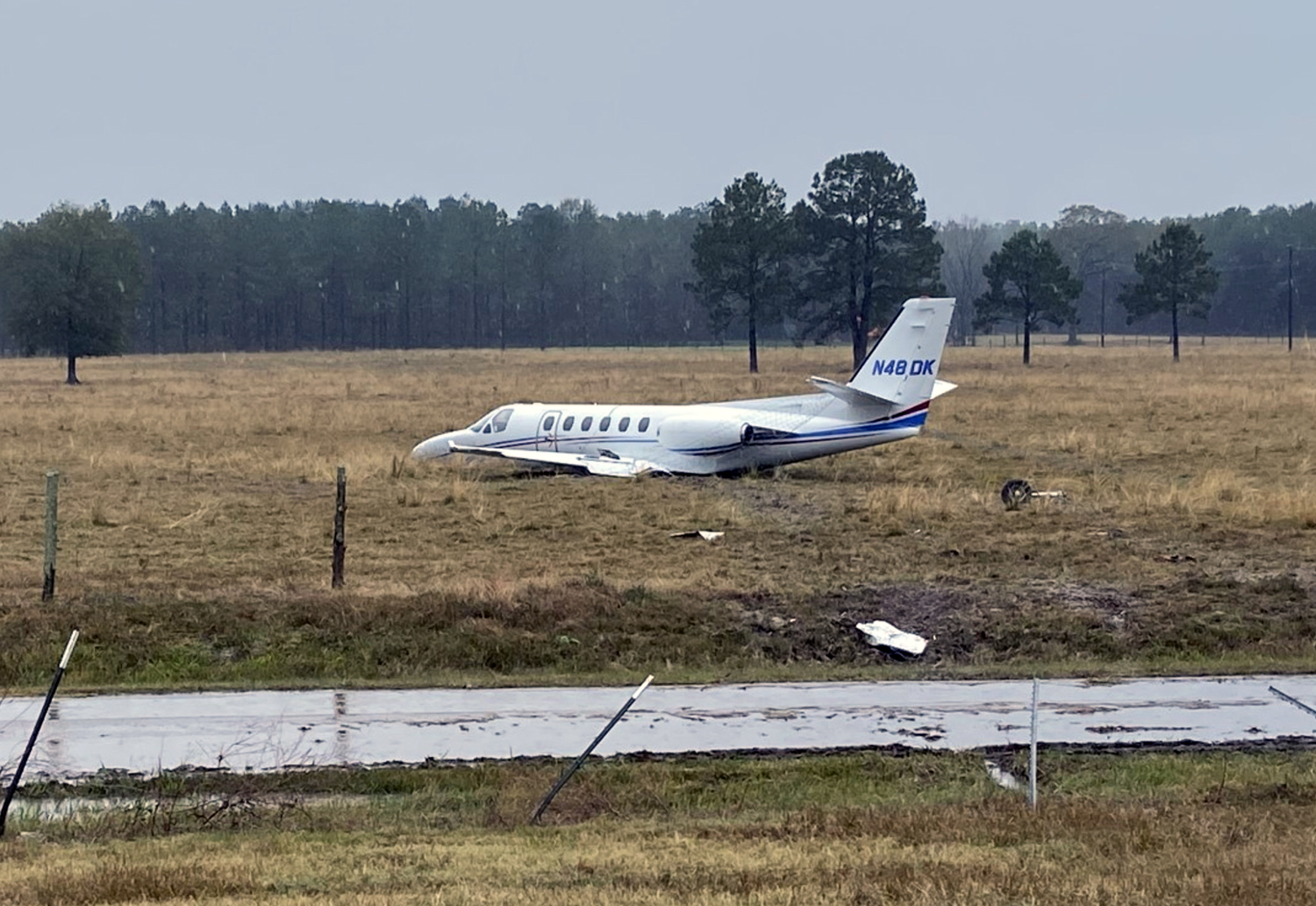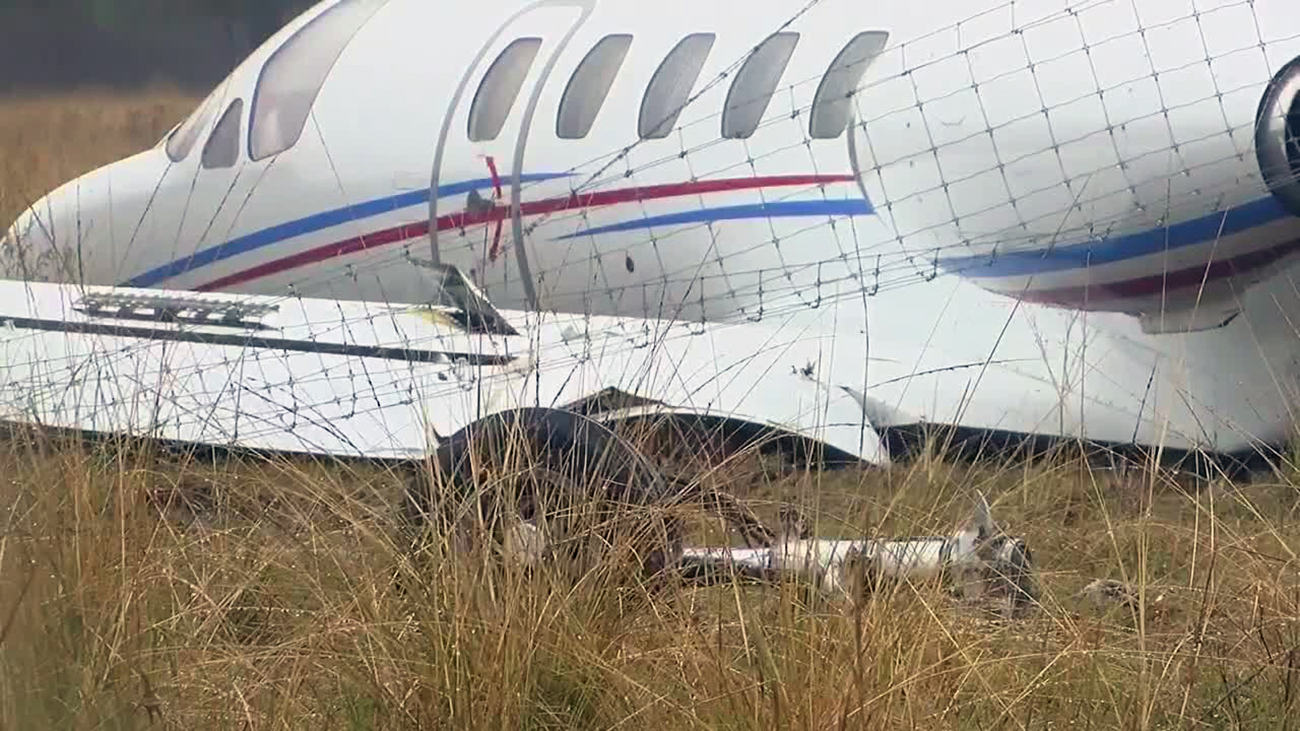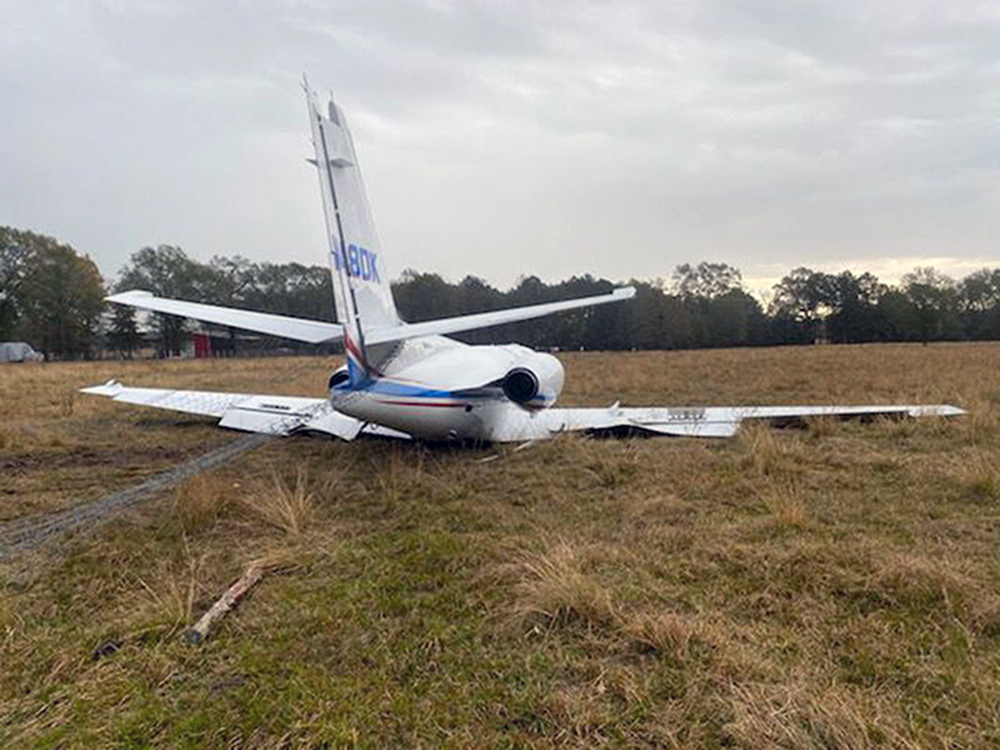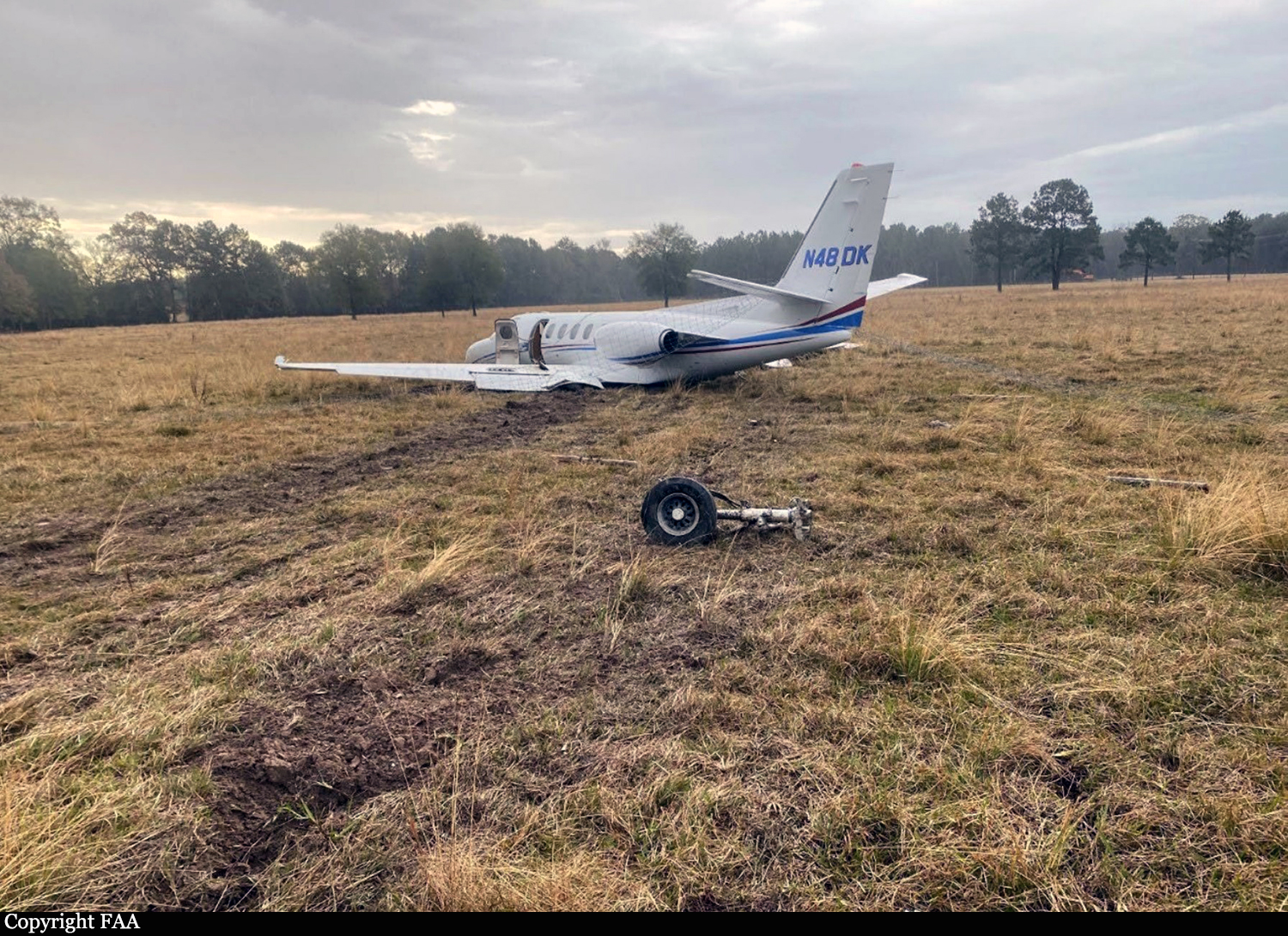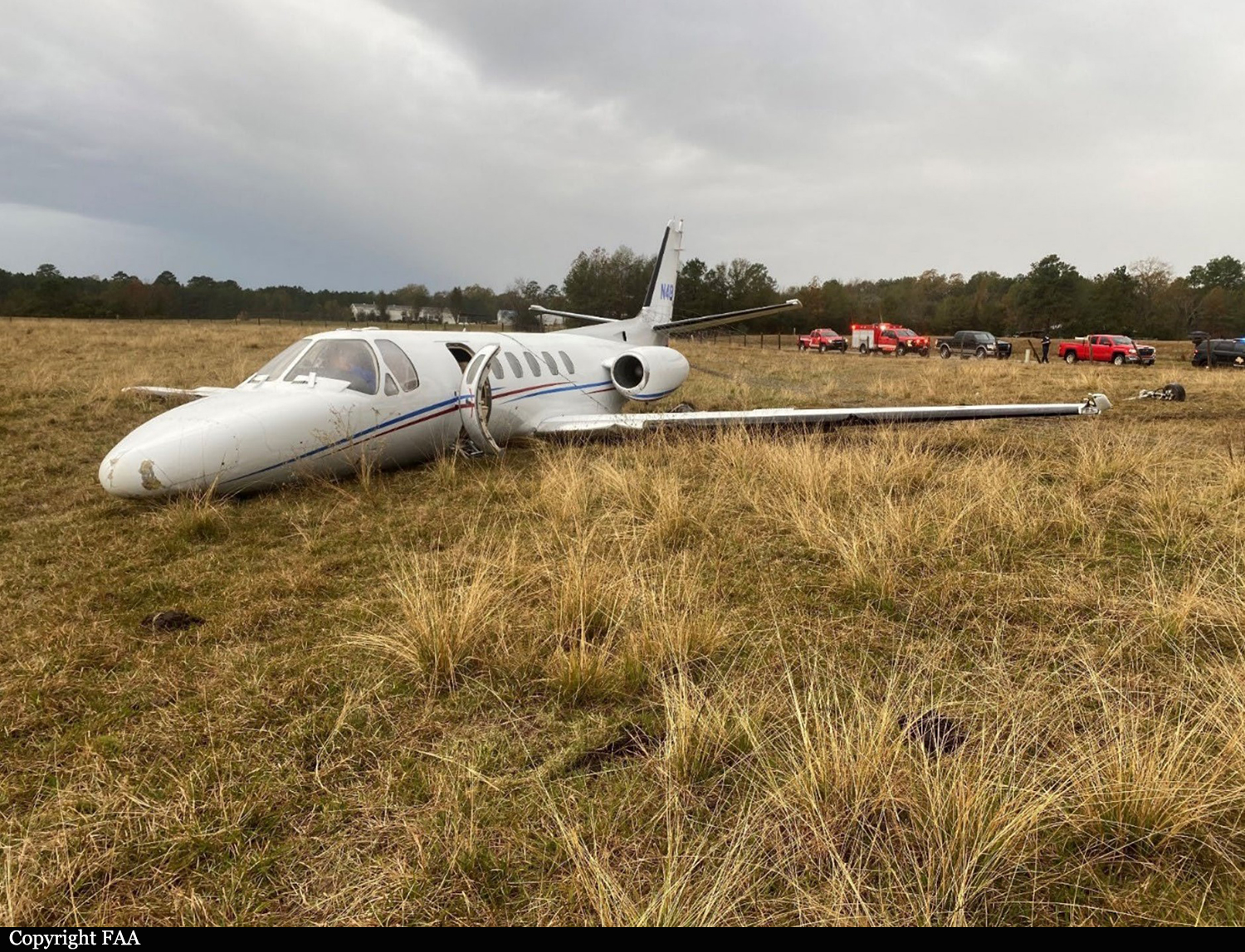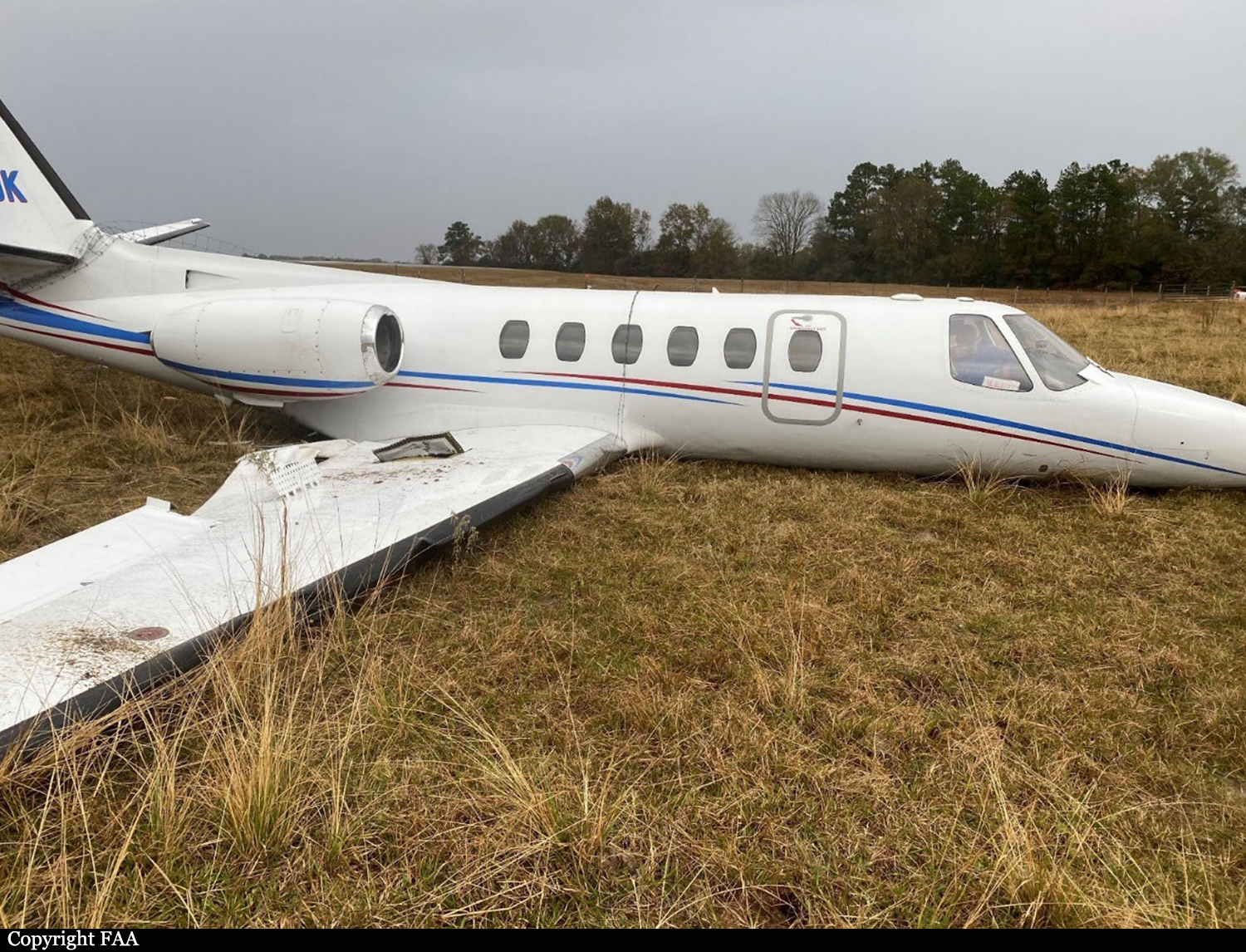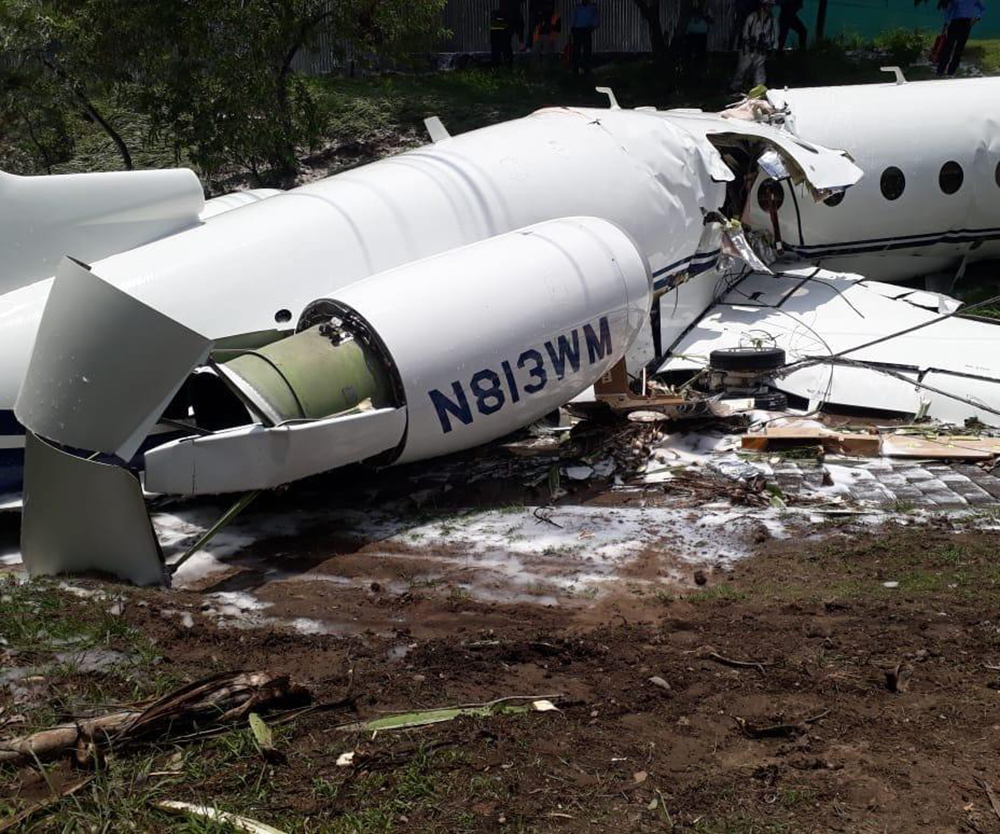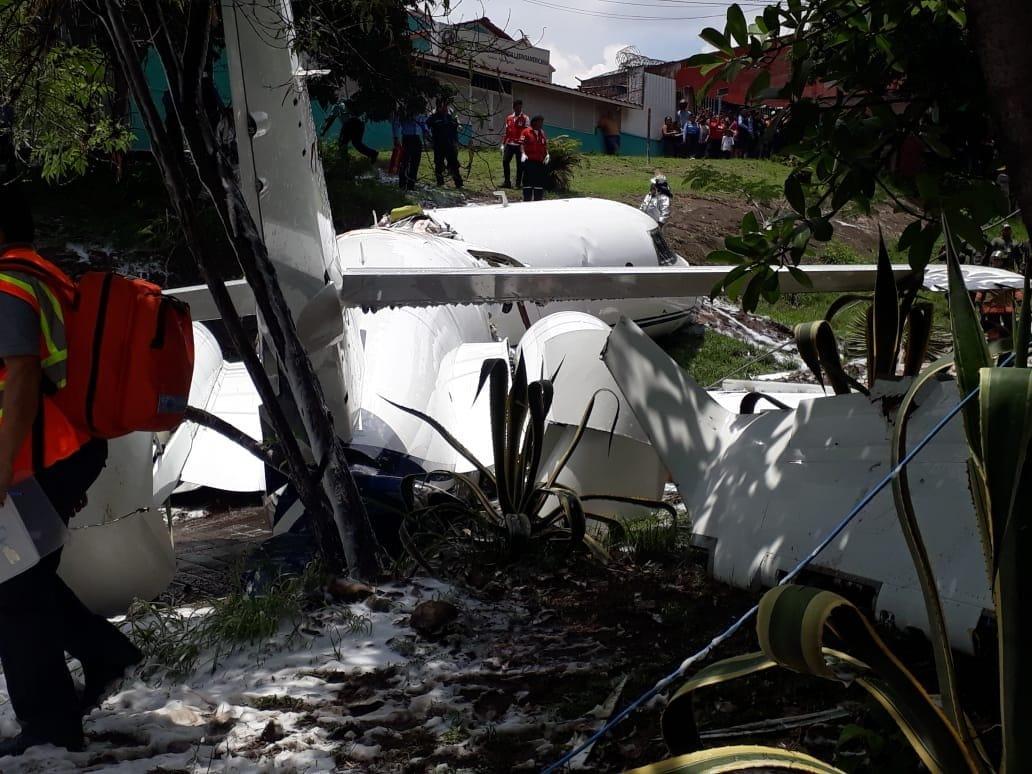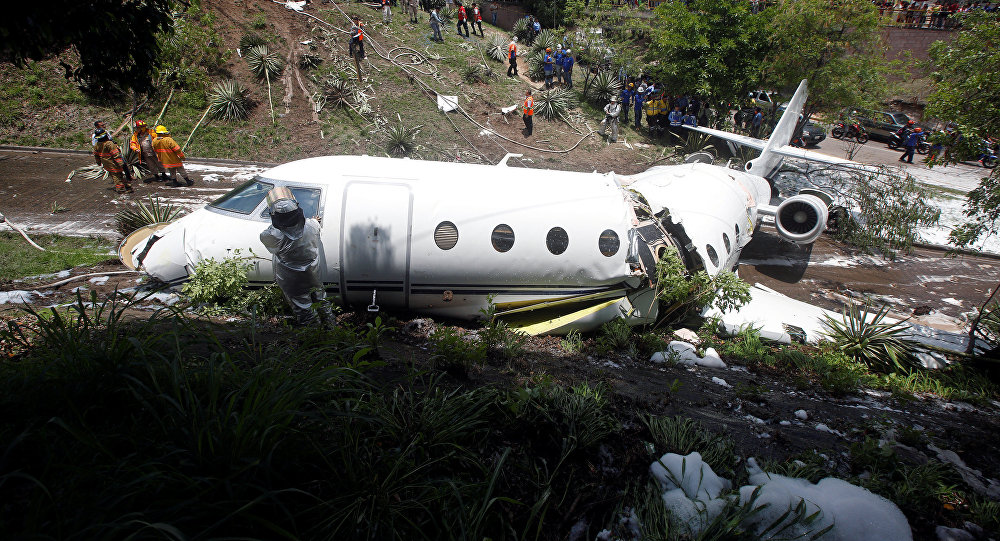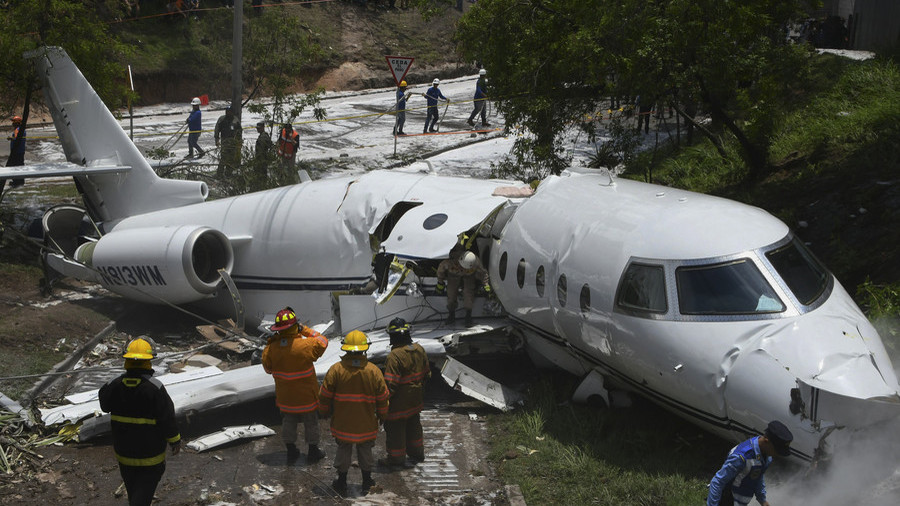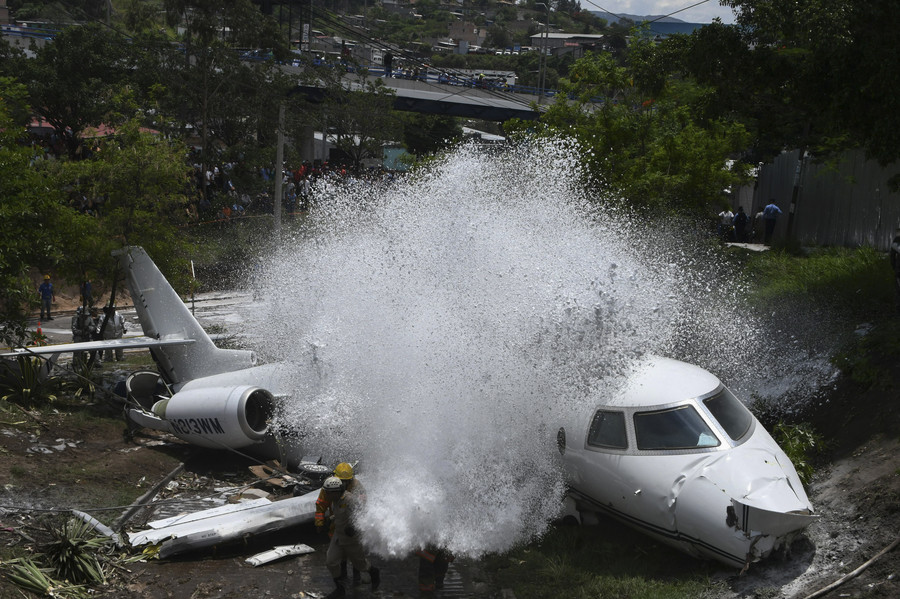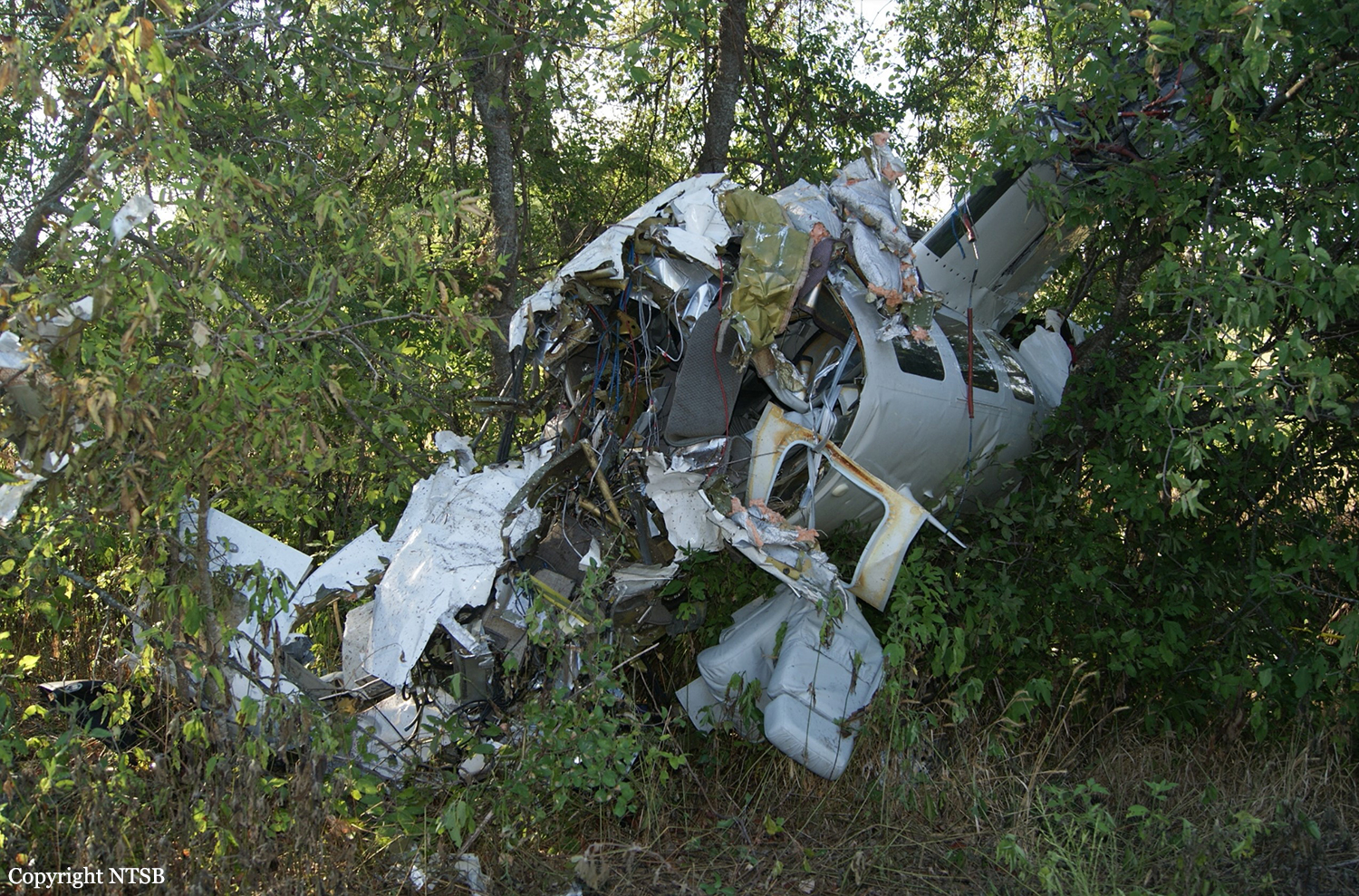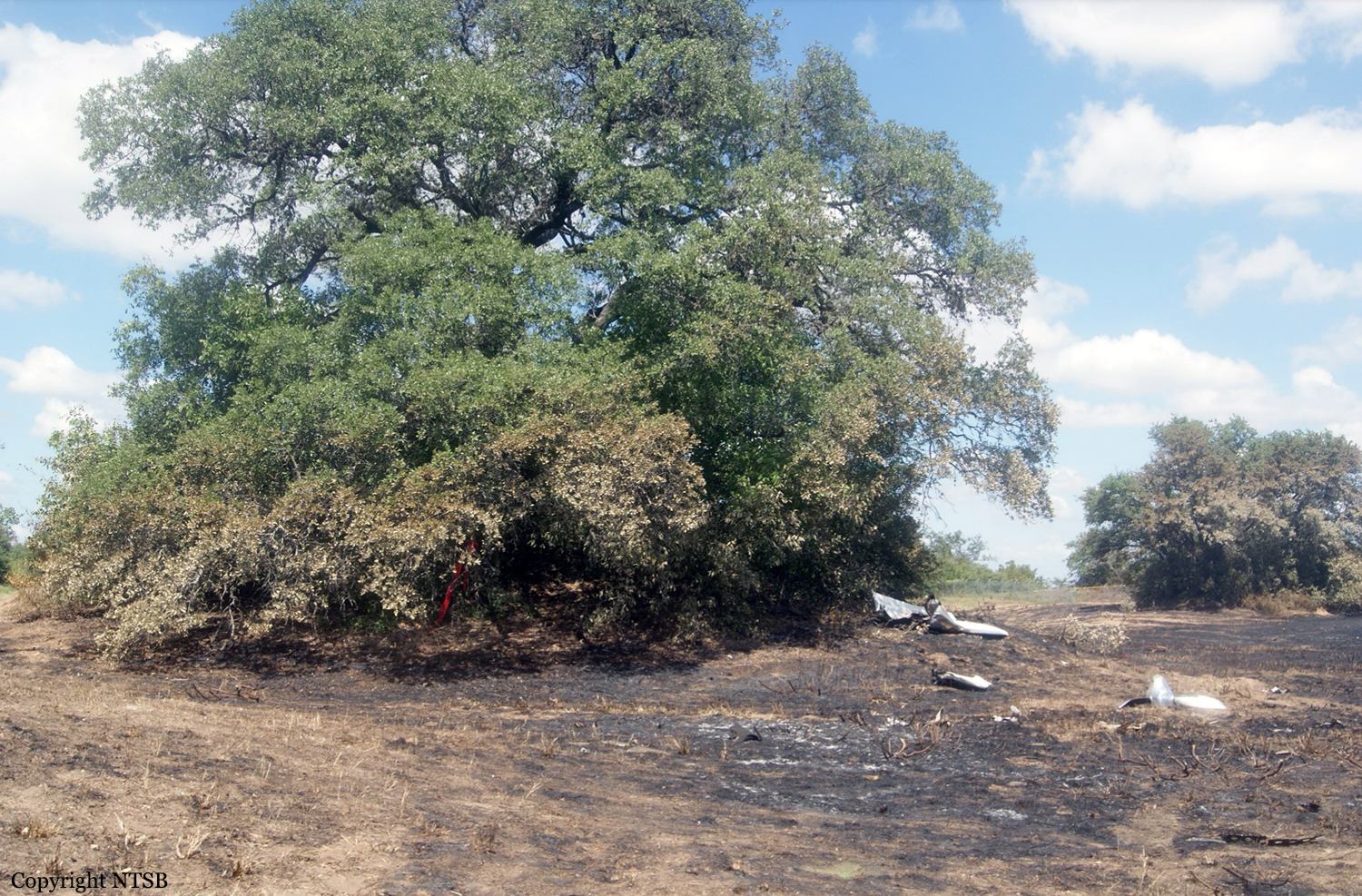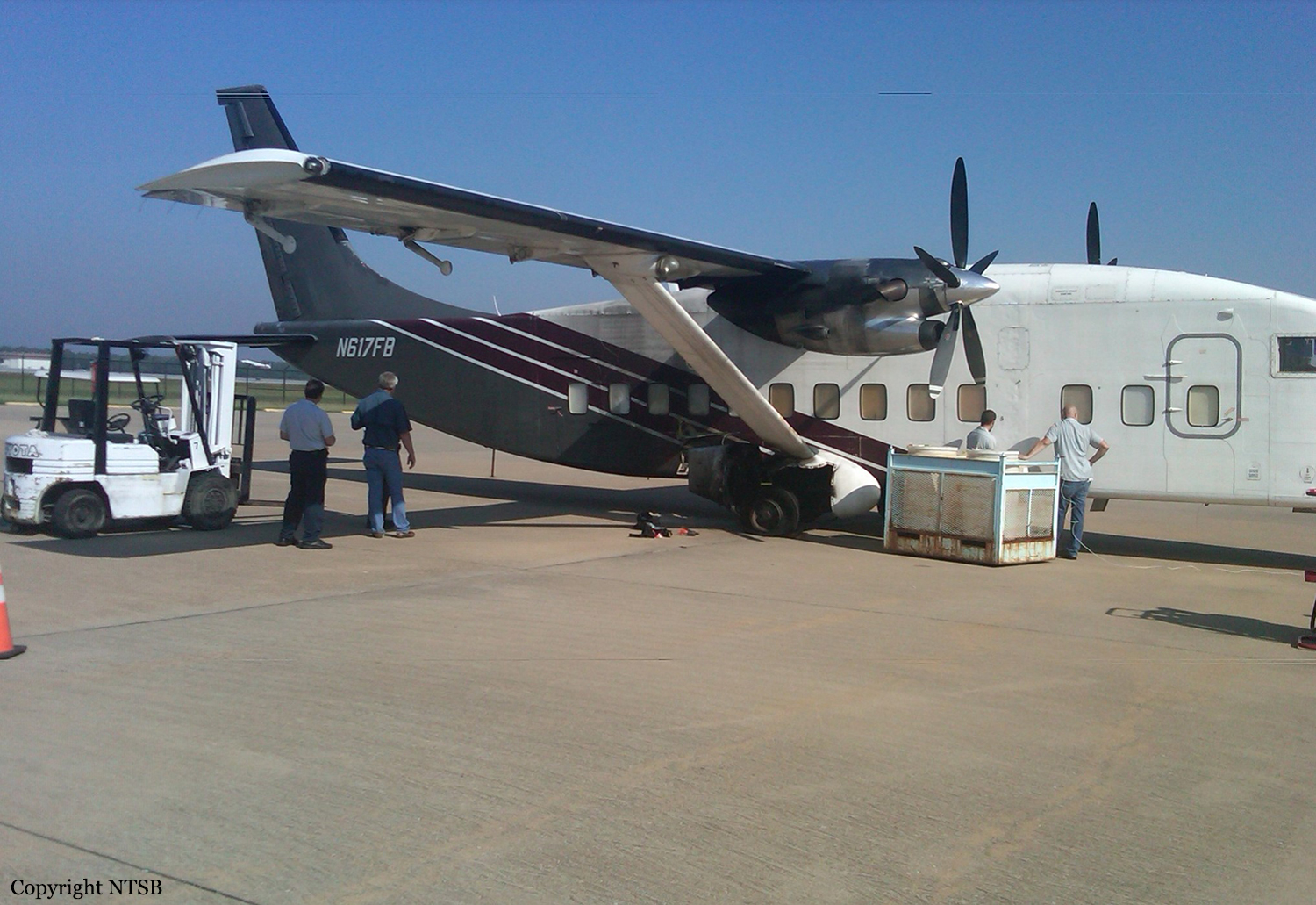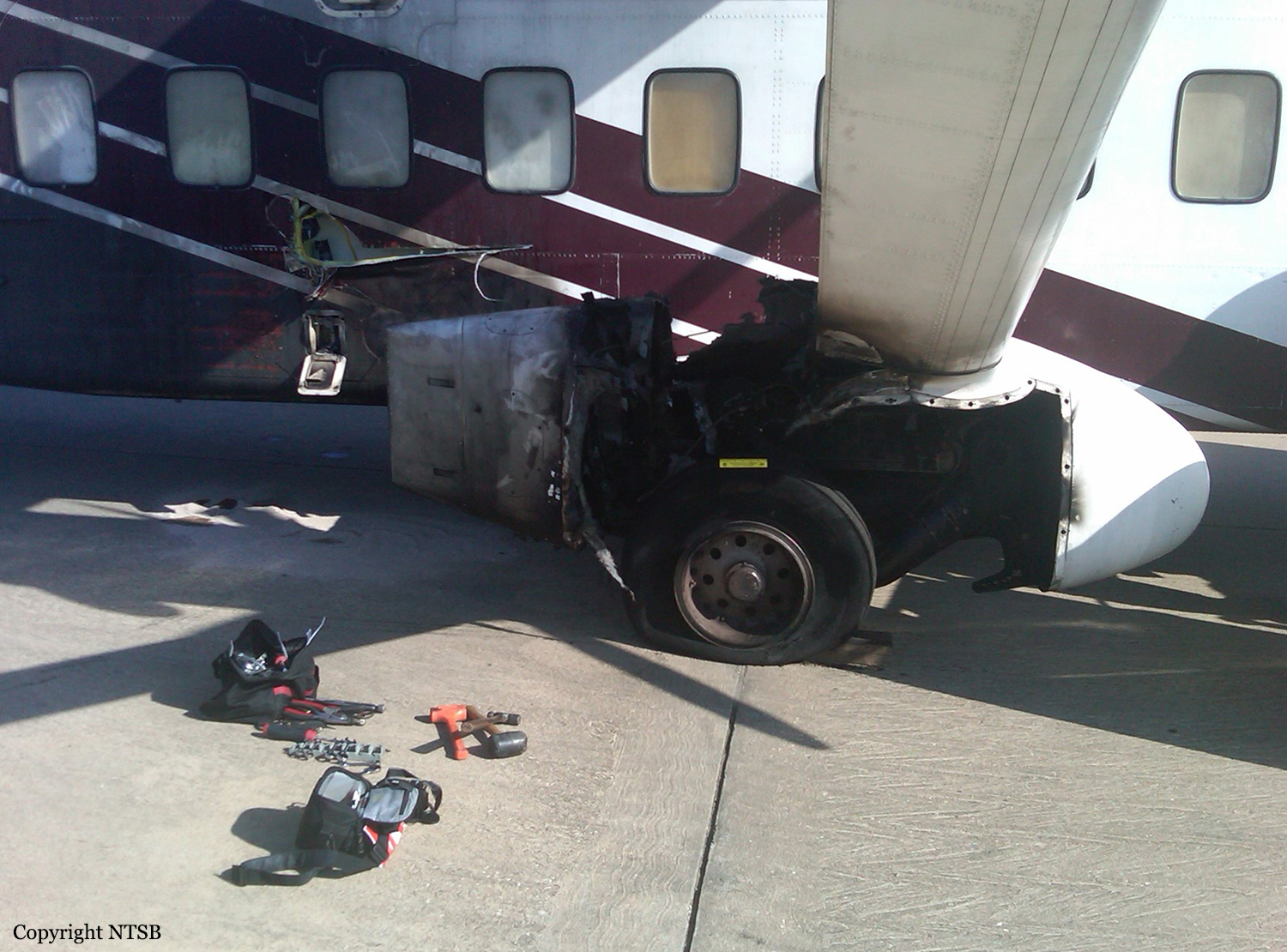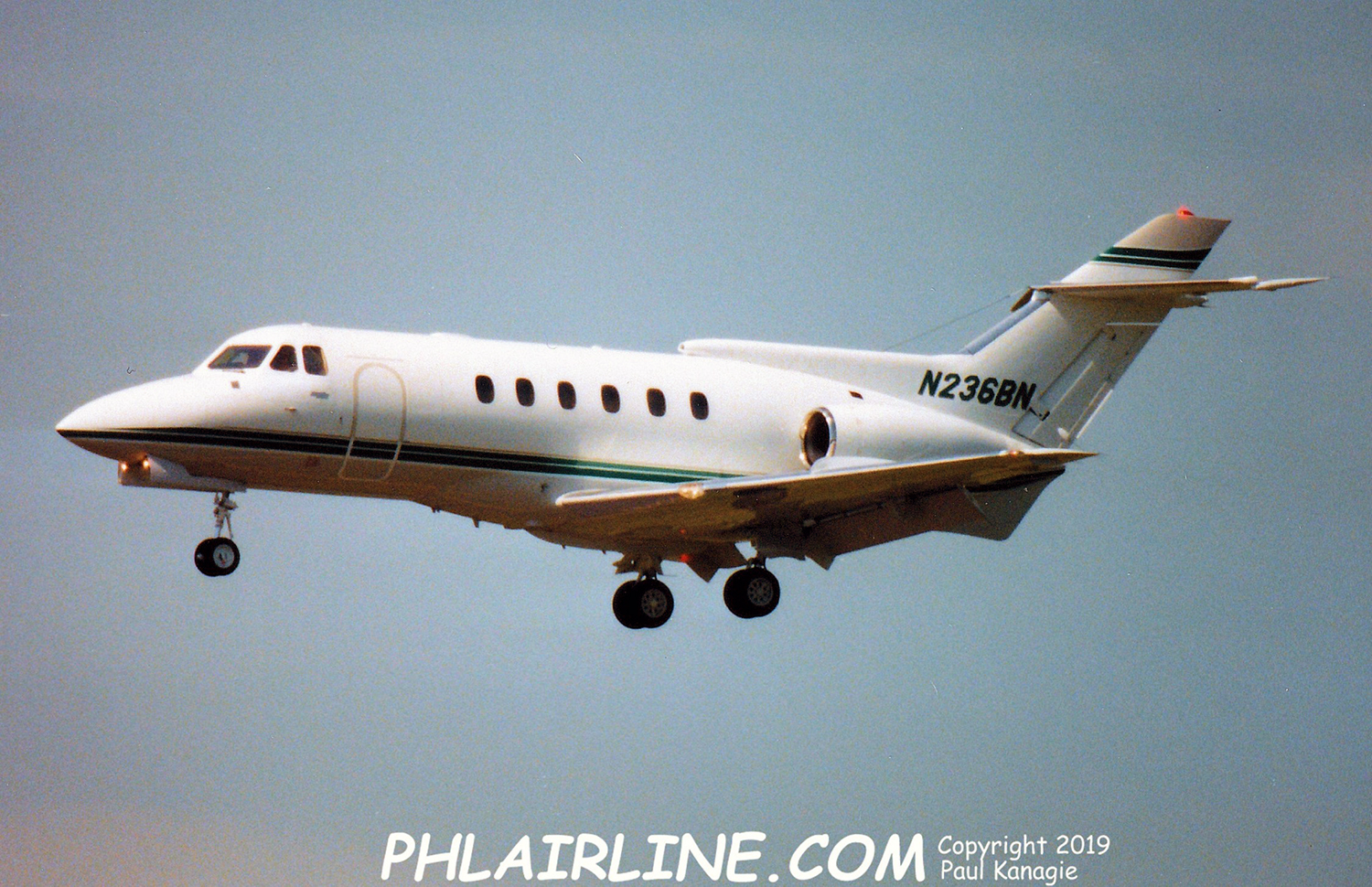Crash of a Learjet 35A in Scottsdale: 1 killed
Date & Time:
Feb 10, 2025 at 1438 LT
Registration:
N81VN
Survivors:
Yes
Schedule:
Austin – Scottsdale
MSN:
35-652
YOM:
1989
Crew on board:
2
Crew fatalities:
Pax on board:
2
Pax fatalities:
Other fatalities:
Total fatalities:
1
Circumstances:
The airplane departed Austin-Bergstrom Airport on a flight to Scottsdale, carrying two passengers and two pilots. The approach and landing at Scottsdale-Municipal Airport were performed in good weather conditions. After touchdown on runway 21, the airplane went out of control and veered off runway to the left. It contacted several concrete obstacles on the ground, lost its undercarriage and ran for few hundred metres before colliding with a Gulfstream G200 parked on the east apron. There was no fire. Both passengers and the copilot were seriously injured while the pilot was killed. Registered to the company Chromed in Hollywood, the airplane was owned by Vince Neil, singer of Mötley Crüe.



